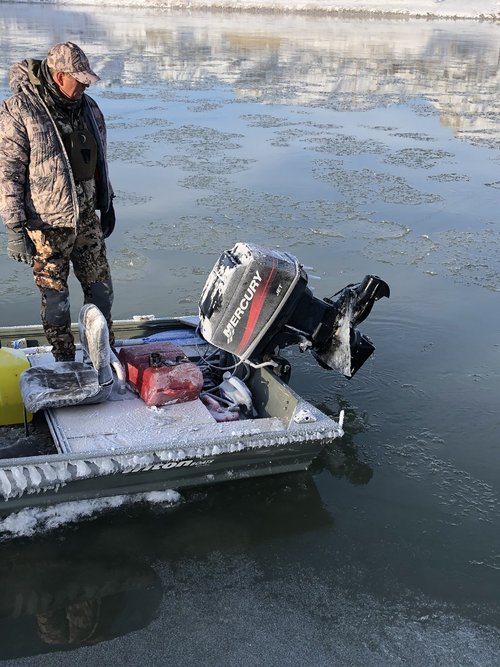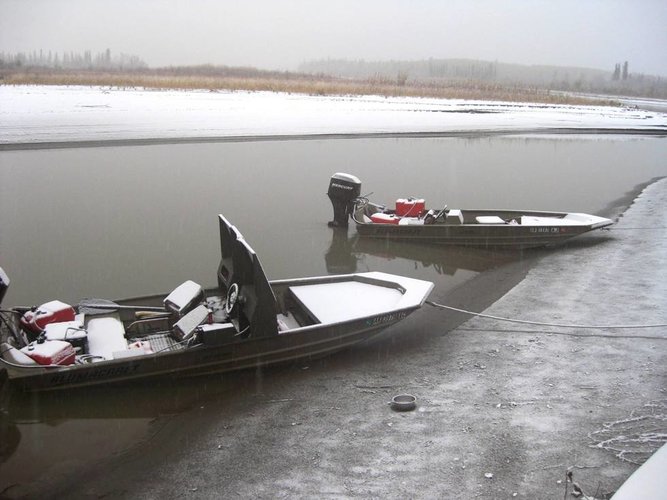Doublecluck
Well-known member
Anyone run jet boats on the Missouri, Jellystone, Bighorn? I’m getting ready to pull the trigger on a Prodigy 1860 with a 115/80 and specifically have a couple questions. How does the jet work in the cold? What’s too cold? Can a guy hunt all of waterfowl season or what’s the temp they won’t run safely due to lack of cooling water/frozen other? Is something like a 18’ with a jet tunnel going to get me pretty much anywhere on those rivers or is it too big/small for some? My intent is to hunt waterfowl mainly but would also use it in the breaks/fort peck under the right conditions for big game and of course when I draw that sheep tag.  . Is a jet pretty much only way to go on the rivers? 115/80 enough? Too much/too little? In most cases I’m assuming we will be transporting people, dogs, decoys to a spot then hunting public or below the high water mark from shore and moving the boat up or down river. Is that the norm or are people running boat blinds commonly?
. Is a jet pretty much only way to go on the rivers? 115/80 enough? Too much/too little? In most cases I’m assuming we will be transporting people, dogs, decoys to a spot then hunting public or below the high water mark from shore and moving the boat up or down river. Is that the norm or are people running boat blinds commonly?






